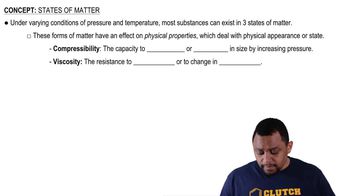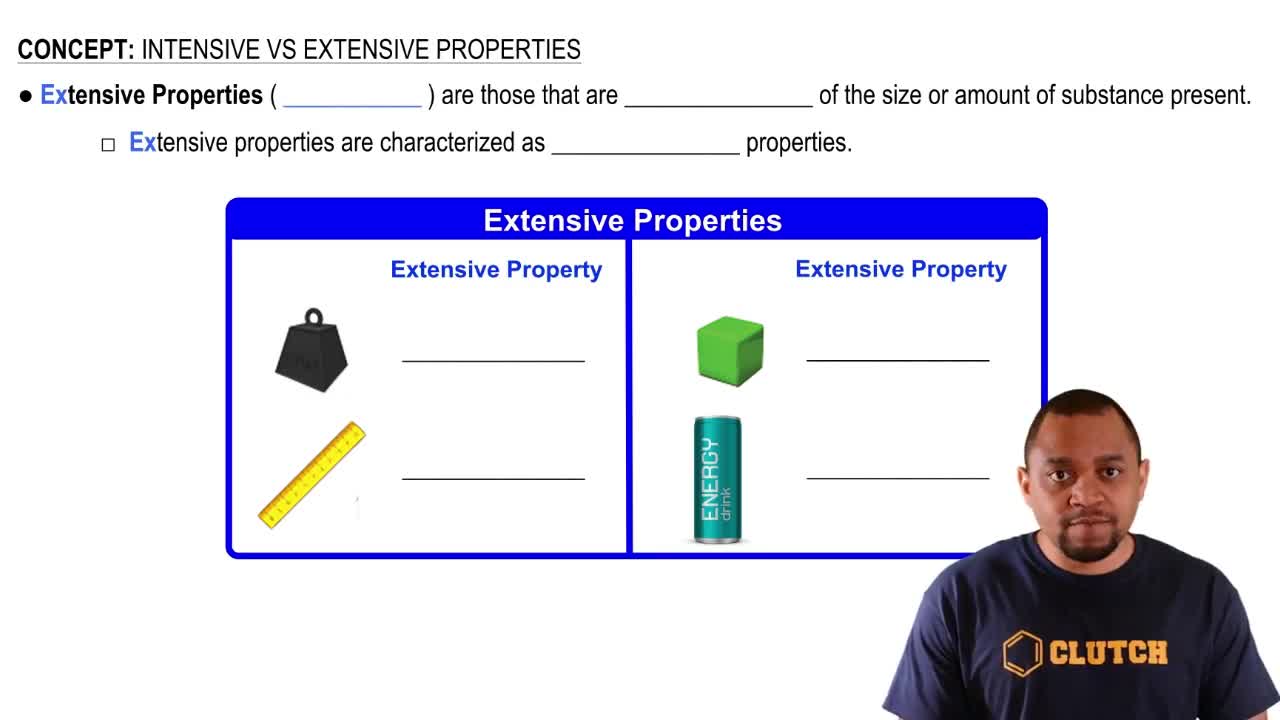Classify each of the following pure substances as an element or a compound:
d. rust (Fe2O3)
 Verified step by step guidance
Verified step by step guidance Verified video answer for a similar problem:
Verified video answer for a similar problem:



 1:34m
1:34mMaster Classification of Matter with a bite sized video explanation from Jules
Start learning